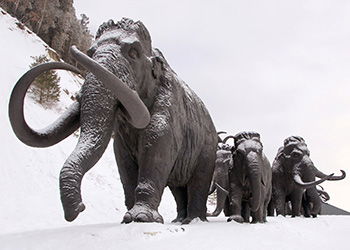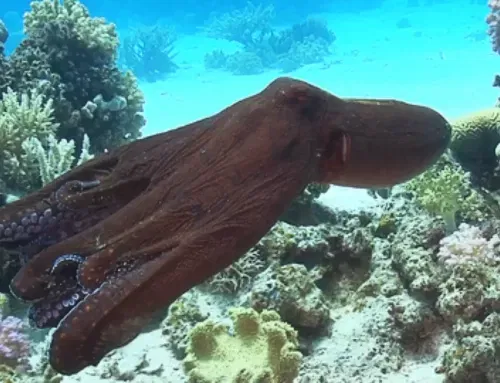
Imagine a tusk becoming a “living” memoir!
Our concept of time is as diverse and complicated as life itself. Our birth and death bracket our lifespan, which we measure in years (except in rare, sad instances). Contrast that with elementary particles that exist for fractions of a second, much too short for me to appreciate. And then there’s evolution – the millions of years it takes to spawn a new species from its ancestor. That’s slow in terms of the genetic mutations that underlie evolution, yet quick compared to the 3.7 billion years that life has existed on Earth, or the approximate 4.5 billion years our lonely planet has orbited the sun in the universe, which is, give or take, 14 billion years old.
We think of time as a forward movement, the past as gone forever and the present moving ahead towards the future. If it were only that simple, time moving forward at a steady pace. But I consider time motionless, always present, silent, the medium in which events occur. An imperfect analogy might be that time is the solvent containing the dissolved substance – the events – that occur. And then there’s the speculative wormholes, the space-time shortcut from here to there in outer space predicted by Albert Einstein. If I understand it correctly, wormholes imply that time can be reversible and can go forward and backward.
I imagine Einstein would say, “Time is relative.” Well, apparently time can be frozen, immobile, stuck in time-space of sorts, not “relative” at all.
Kik, a member of the extinct wooly mammoths, wandered Alaska more than 17,000 years ago. Yet, Kenneth Chang’s New York Times article reports that Dr. Matthew Wooler, director of the stable isotope facility at the University of Alaska, can virtually “see” the daily movements of Kik as a type of photograph that “shows” what Kik ate on each day for his 28 years of life. Amazing, no?
Matthew Wooler “sees” the past as a type of fossil by comparing the changing strontium content along Kik’s curved, eight-foot-long tusks with the isotopic strontium content of the vegetative landscape in Alaska where Kik’s well-preserved remains were found. Each day of Kik’s life, apparently as accurate as a dated calendar, is etched along his tusks, with his day of birth represented at the tip and his day of death at the base of the tusks. It’s like the rings of a tree trunk, but more so. It’s truly a daily record of the movements and meals of an extinct species! Kik’s movements cannot be hacked or changed, as if it were a computer file. Kik’s existence hasn’t “past”: it’s in his tusks.
It seems that some long-gone mysteries can be retrieved as “frozen” time. Kik is still “alive,” and his movements 17,000 years ago can still be “visualized” in the tusks.






Time in the physical universe has a direction, towards entropy according to Thermodynamics. In the realm of the mind, time is directionless. It violates the speed of light being the maximum speed, by allowing mind travel instantaneously to any location or at any time.
Best Regards,
Barry